Promoting Better Outcomes for Indigenous Students: Resources for State and Local Education Agencies
Posted on
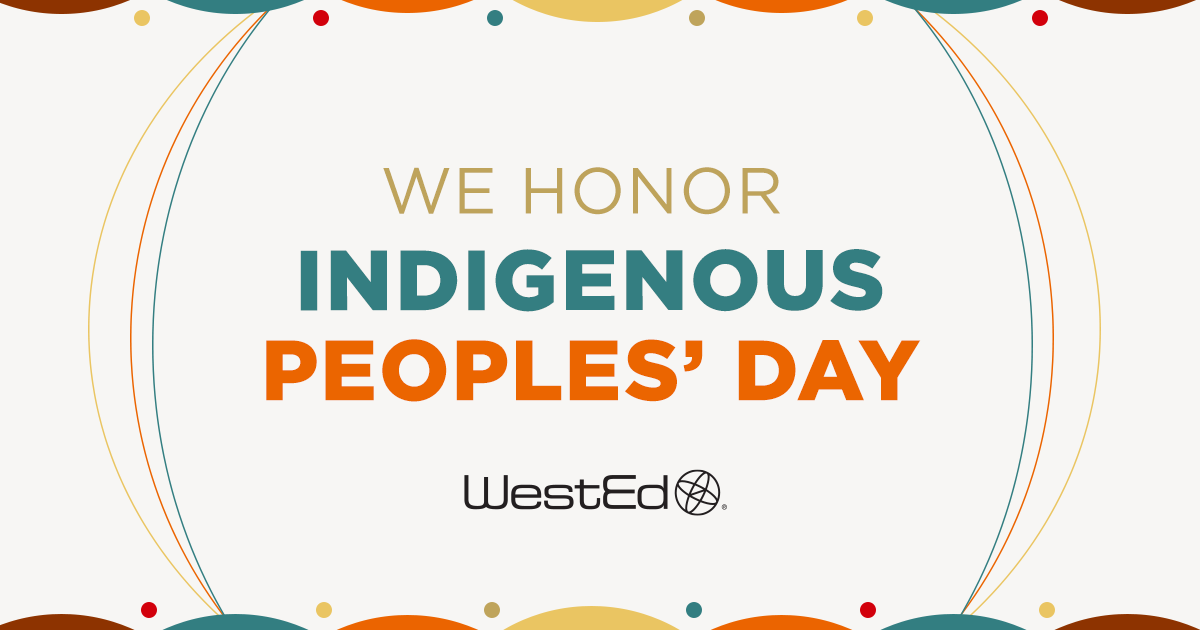
This Indigenous Peoples’ Day, we highlight key resources designed to support educators in enhancing teaching and learning for Indigenous students nationwide. These resources focus on the following:
- working respectfully with Tribal communities
- boosting graduation rates for Native students
- preparing, recruiting, and retaining Indigenous educators, and more
Working Respectfully With Indigenous Communities Around Data and Evidence: A Resource for State Education Agencies
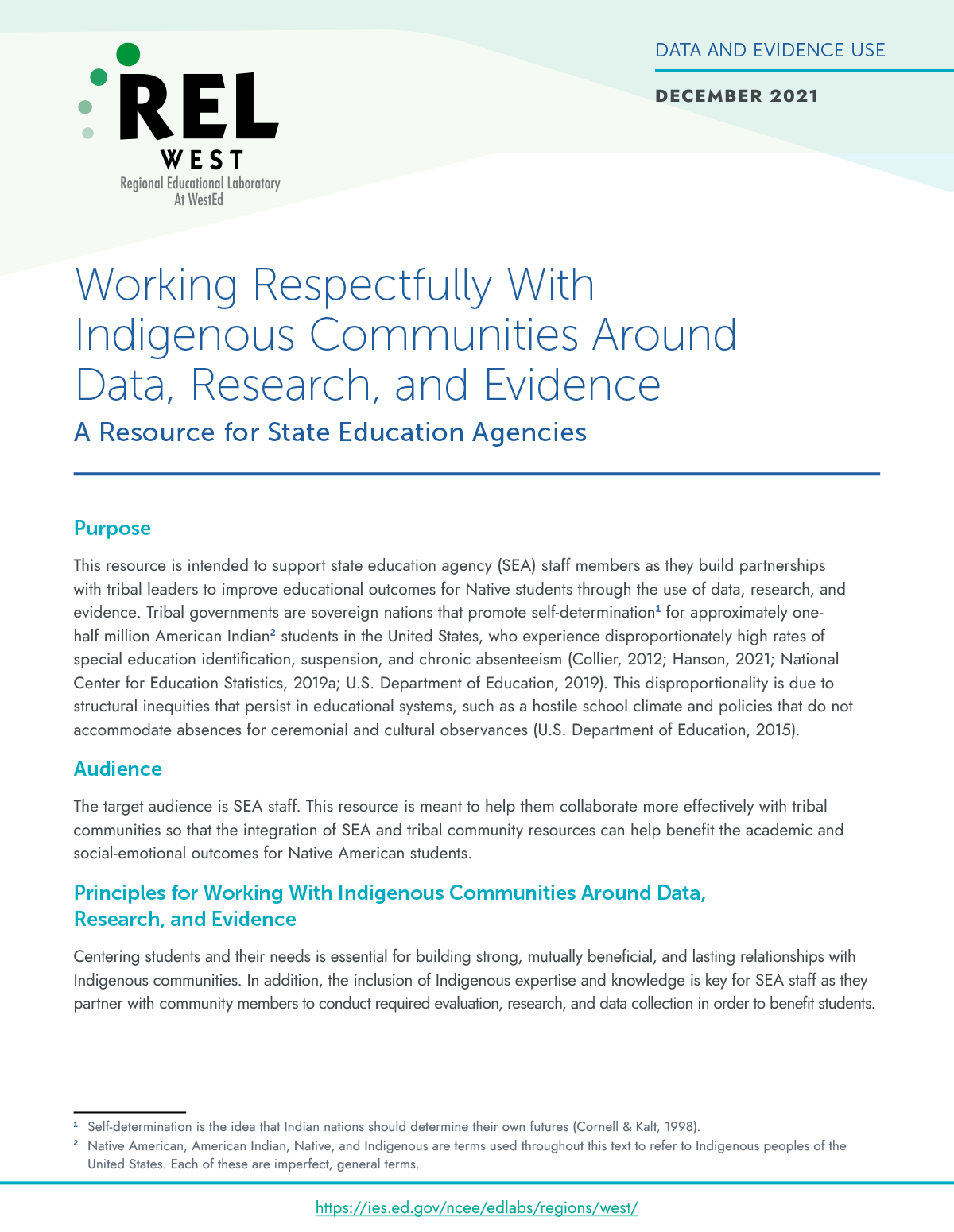 Tribal governments are autonomous entities advocating for the self-determination of approximately half a million American Indian students in the United States. These students experience disproportionately high rates of disciplinary action, special education designation, and chronic absenteeism due to existing structural inequalities in education systems.
Tribal governments are autonomous entities advocating for the self-determination of approximately half a million American Indian students in the United States. These students experience disproportionately high rates of disciplinary action, special education designation, and chronic absenteeism due to existing structural inequalities in education systems.
These systems often create negative school climates and fail to respect cultural practices, ceremonies, and observances. This resource is designed to help enhance partnerships between state education agencies and Tribal leaders to improve education outcomes for Native students through the effective use of data, research, and evidence.
Increasing American Indian and Alaska Native High School Graduation Rates: Strategies and Recommendations for Local Education Agency Leaders in the Western States
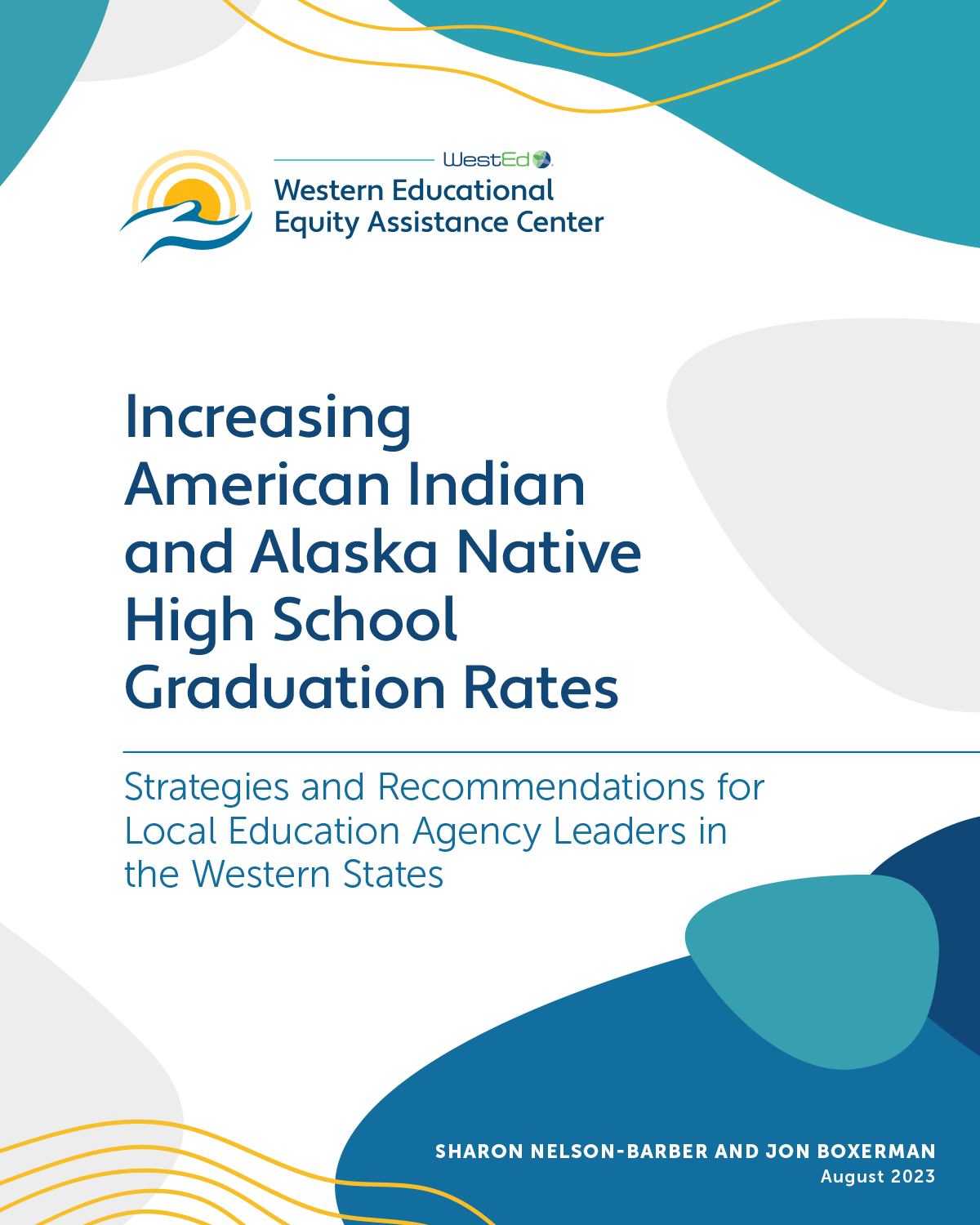 Every year, about a third of American Indian and Alaska Native youth leave high school in Western states. Most programs and initiatives designed to retain students fail to address specific Native student needs, and studies on school and district policy effectiveness are not conducted specifically with Native schools and communities.
Every year, about a third of American Indian and Alaska Native youth leave high school in Western states. Most programs and initiatives designed to retain students fail to address specific Native student needs, and studies on school and district policy effectiveness are not conducted specifically with Native schools and communities.
American Indian and Alaska Native students confront unique hurdles for graduation, due primarily to systemic racial discrimination that has led to economic and cultural inequality. This resource explores the fundamental factors causing low graduation rates and lays out suggestions for education leaders in local agencies to consider.
Making a Difference for American Indian and Alaska Native Students: Innovations and Wise Practices (THREE-PART WEBINAR SERIES)
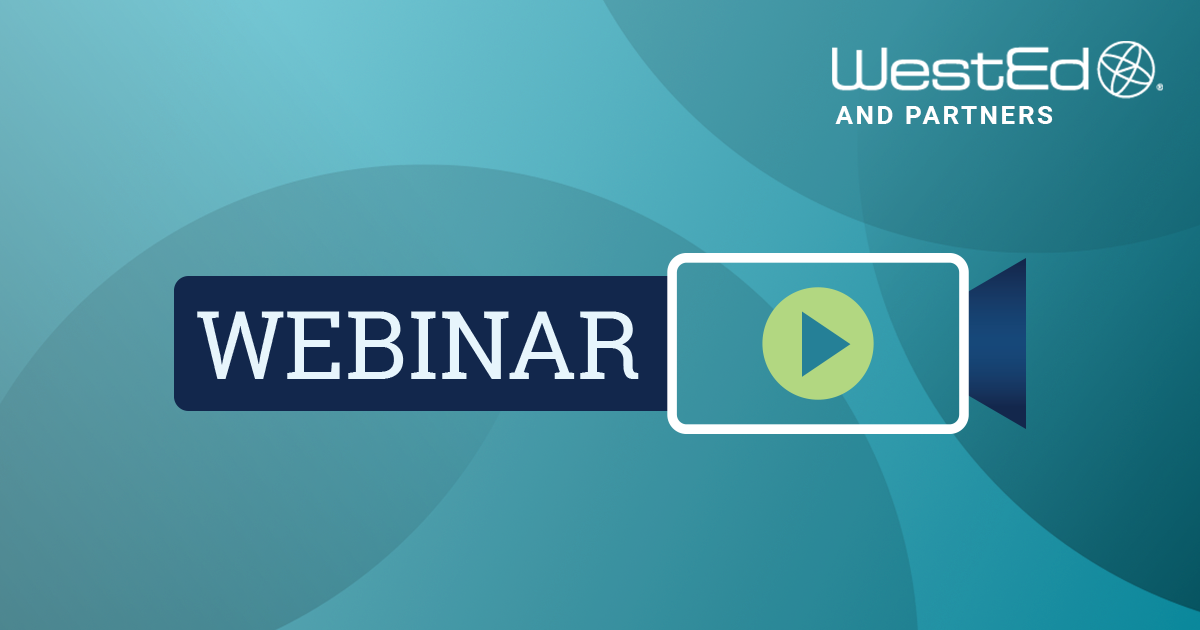 Webinar 1 – Indigenous Educator Pathways. American Indian and Alaska Native educators comprise 0.5 percent of the teacher workforce in the United States. Recruiting and sustaining this educator population in both urban and rural settings is a persistent challenge throughout the country. In this session, participants explore systemic efforts and innovations that prepare, recruit, and sustain American Indian and Alaska Native educators.
Webinar 1 – Indigenous Educator Pathways. American Indian and Alaska Native educators comprise 0.5 percent of the teacher workforce in the United States. Recruiting and sustaining this educator population in both urban and rural settings is a persistent challenge throughout the country. In this session, participants explore systemic efforts and innovations that prepare, recruit, and sustain American Indian and Alaska Native educators.
Webinar 2 – Indigenous Educator Pathways II. This session focuses on systemic efforts and innovations that prepare, place, and sustain American Indian and Alaska Native educators, including alternative licensure pathways.
Webinar 3 – Tribal Advocacy for Educational Change. Tribal leaders are advocating for systemic change to improve educational outcomes for American Indian and Alaska Native students. In this session, panelists share ways that Tribal governments and Native-serving organizations are designing and funding the nurturing of students for school, college, career, and community life.
Circles of Reflection: A Toolkit for State Education Agencies
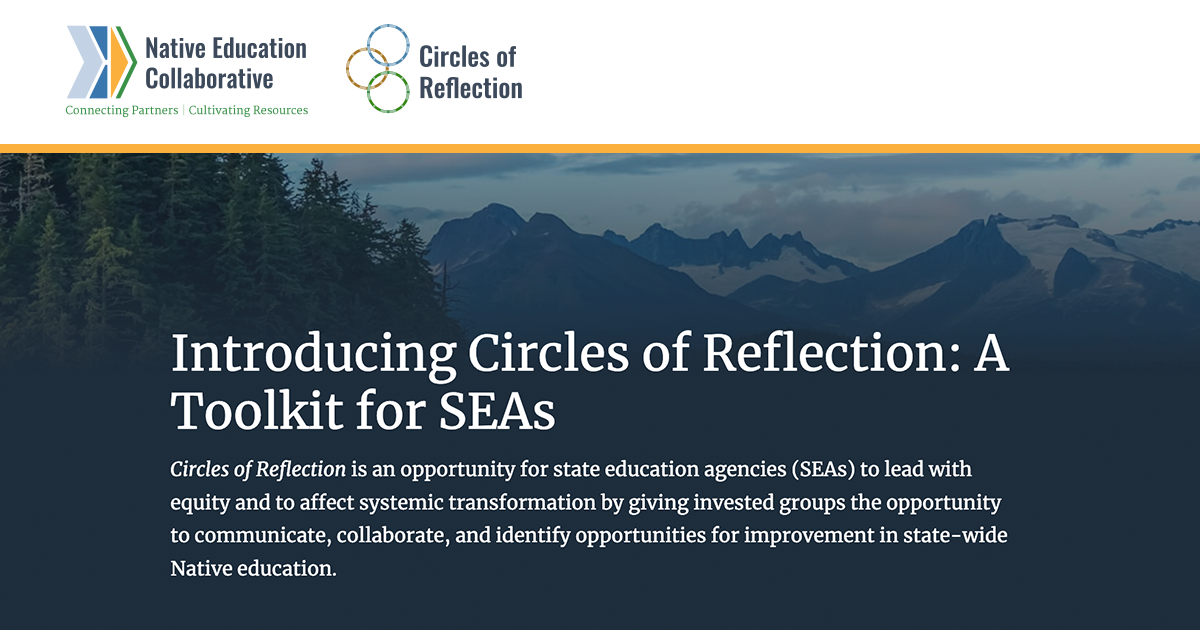 The Circles of Reflection Toolkit engages state education agencies, Tribal education departments, and local education agencies in rich, reflective discussions and strategic planning to provide high-quality, motivating educational experiences that improve Native students’ educational attainment. This toolkit provides detailed information and instructions for using Circles of Reflection efficiently and effectively to meet the needs of local contexts.
The Circles of Reflection Toolkit engages state education agencies, Tribal education departments, and local education agencies in rich, reflective discussions and strategic planning to provide high-quality, motivating educational experiences that improve Native students’ educational attainment. This toolkit provides detailed information and instructions for using Circles of Reflection efficiently and effectively to meet the needs of local contexts.
Why Circles? Talking circles or circle talks are common in some Indigenous Tribes and allow multiple voices and perspectives to be shared, problems to be solved, challenges to be addressed, and common ground to be built.
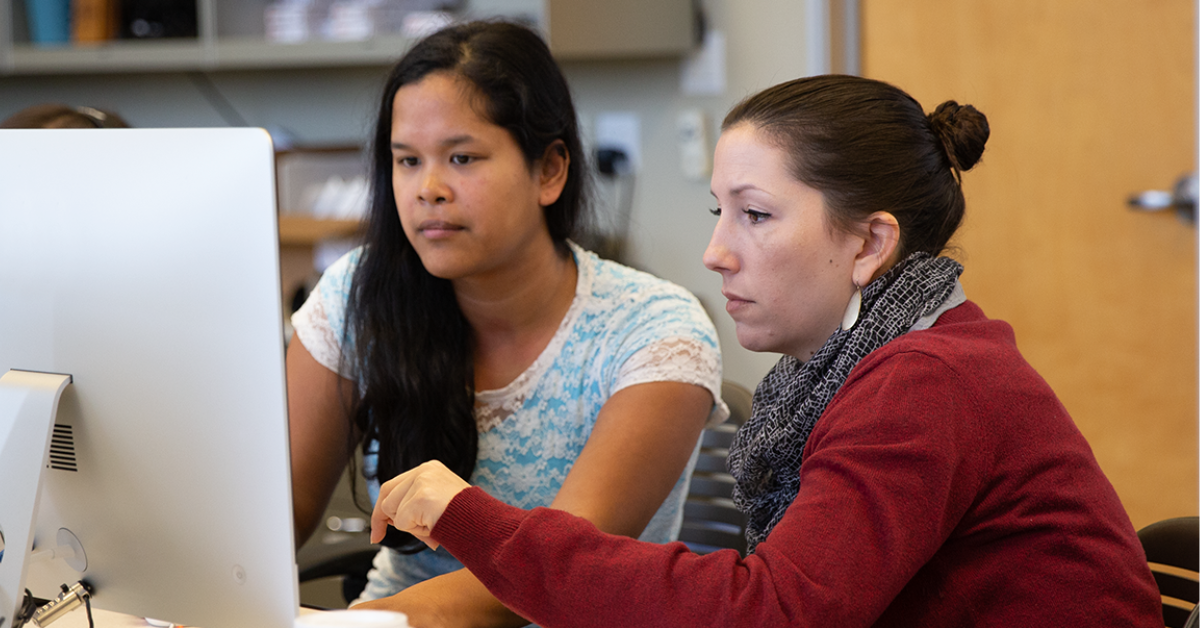 Considering Native Students: A Learning and Programming Toolkit for SEAs, LEAs, and Tribes
Considering Native Students: A Learning and Programming Toolkit for SEAs, LEAs, and Tribes
This National Comprehensive Center toolkit aids in advancing education for Native students. It is a resource for state education agencies (SEAs), local education agencies (LEAs), and Tribal education departments (TEDs) aiding in the planning, implementation, and evaluation of learning programs.
Toolkit highlights:
- It facilitates an intentional inclusion of and consultation with Tribal leaders.
- It supports the mandates of the Every Student Succeeds Act and the American Rescue Plan Elementary and Secondary School Emergency Relief Fund.
Blog Roundup
Read our recent blog posts for practical insights and stories about improving outcomes for Indigenous students.
- How District Leaders Can Use ESSER Funds to Support Native Students
- Cross-State Community of Practice Aims to Advance Education for Native Students
- Native Voices Highlight Five Major Opportunities to Support Indigenous Communities, Educators, and Schools
- Upcoming Resources Will Help SEAs Incorporate Native Americans into English Language Arts (ELA) Standards
- Supporting Native American Students Through Culturally Relevant Education
Follow Us on Social Media
Join us on X (formerly Twitter), Facebook, and LinkedIn to discuss strategies for meeting the needs of Indigenous students and improving academic outcomes.
